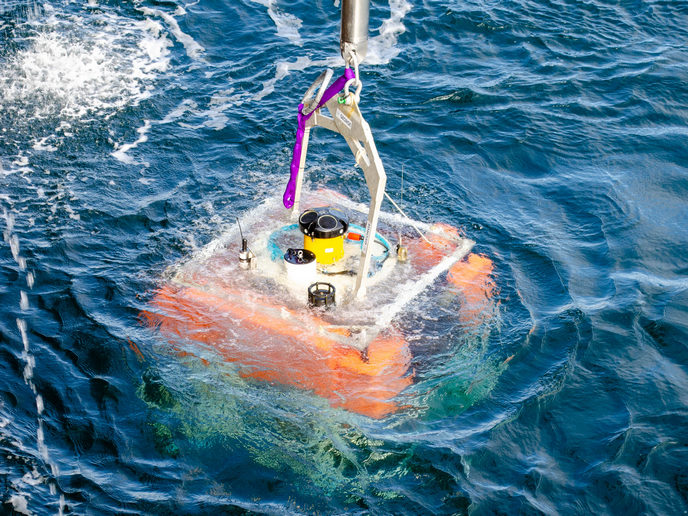New hydrogen sulfide sensor removes guesswork from wastewater treatment
Hydrogen sulfide (H2S), commonly known as rotten-egg gas, accumulates in sewer systems from the bacterial breakdown of organic matter. In sewer pipe discharge wells, H2S is released from wastewater into the air where it reacts with biofilm on concrete to form sulfuric acid. This rapidly corrodes concrete pipes. H2S is difficult to measure because it is a volatile gas. It is especially difficult to measure in sewers because of their inaccessibility, high humidity and other environmental conditions. Nevertheless, utilities companies routinely monitor H2S concentrations in the air just below manhole covers using gas loggers. These devices can detect odour problems but do not detect dissolved H2S in wastewater. Utilities companies add chemicals to the wastewater to neutralise the H2S, yet this addition is essentially blind. Managers never know exactly where the H2S is nor in what quantities. Thus, the treatment chemicals are added excessively, which adds avoidable costs to the process. Alternatively, the dissolved H2S may be incompletely treated, leading to corrosion problems downstream.
New sensor solution
The EU-funded iMEC(opens in new window) project developed a new, patent-pending, microelectrochemical H2S sensor. This project is the follow-up to an EU-funded SME instrument phase 1 project of the same name. “Our Sulfilogger Sensor is capable of continuously measuring H2S directly in wastewater and in the air right above wastewater,” explains project coordinator, Søren Porsgaard. He says the device can sustain prolonged exposure to sewer environments without the periodic dry-out time required by normal gas loggers. The H2S penetrates a membrane at the tip of the sensor. Then the device electrically oxidises the H2S and expresses the measured concentration as an electrical current. The new design allows measurement of H2S concentration in low-oxygen, high-humidity conditions. Most importantly, it measures H2S in both gas and liquid phases. The latter is especially important because H2S is generated and transported in liquid, and only liquid measurements reveal the true extent of the problem. The sensors may be installed throughout the sewer system and at treatment plants. The new monitoring capability provides plant managers with the information needed to strategically manage H2S where and when it arises, using just the right amount of chemicals, instead of the inaccurate and wasteful methods used at present.
Testing and validation phases
Being the only technology able to measure H2S directly in wastewater, the sensor attracted interest from Europe’s largest utilities companies. Sensors were installed for trials in the sewers of several major European cities. The team demonstrated that automatic, sensor-controlled dosing of chemicals resulted in a 50 % reduction in chemical expenses while also improving treatment effectiveness. The project suffered a major setback due to the COVID-19 pandemic. “Most of Europe was effectively shut down during the spring of 2020,” adds Porsgaard, “and unfortunately this happened right as we were about to install a significant number of sensors for our international demonstration campaign.” Nevertheless, with some flexible thinking, the team has readied all manufacturing and installation processes for commercialisation. The team will initially target the European market, with others to follow later.







